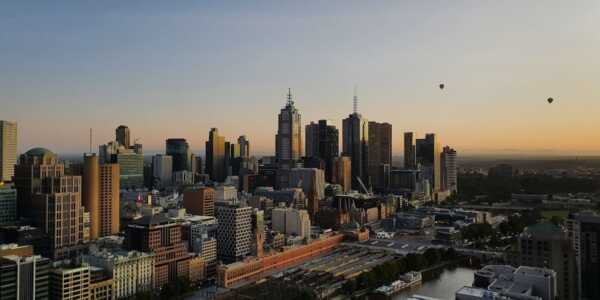Continued interest and growth in the international student development sector has led to an increase in the number of accommodating beds by 14% through 2018. The jump has largely been attributed to the reporting of quality existing educational institutions and the relative affordability of Australia on the back of the weaker dollar.
The number of international students nationally has hit 86,000 with expectations that the number will jump up to 100,000 by 2022.
According to JLL’s annual Australian Student Accommodation Investment Review & Outlook, Melbourne and Sydney universities are absorbing the majority of students. In terms of country of origin however, China is still the largest supplier, followed by India and Nepal.
JLL’s head of alternative investments Australia, Noral Wild, made note of the continued case for student accommodation investment.
“There is an institutional appetite emerging for prime operational assets, including large portfolio opportunities that allow new entrants in the market to gain immediate scale,” Ms Wild said.
“The market penetration rates of PBSA (purpose-built student accommodation) in most Australian cities is still lower than many global markets, with considerable scope to grow market share.”
With a limited supply of suitable land sites, Sydney’s pipeline is restrained. 1,283 beds are expected to be added to Sydney’s total of 19,441 between 2020 and 2022.
In Melbourne prospects are looking more significantly more aggressive with a further 2,800 beds expected to land this semester (from four projects), adding to the city’s total of 26,668 beds.
Since 2016, Brisbane has seen a significant level of growth, jumping 75% to 16,250. Several projects in the pipeline have been held back from completion as developers wait the present supply to be absorbed.
“The supply pipeline has caused some concern of potential oversupply in some locations in the short term. (But) demand for purpose built student accommodation in Australia is still expected to grow and be driven by the low penetration rates compared to global markets, and a number of demand drivers including economic conditions and increasing student numbers,” Ms Wild said.
It is expected that as more projects are added to the pipeline to meet the growing demand, that differentiation will be key to design.










